I’ve been quiet here on Substack as I’ve been busy in my day job, teaching painting, drawing and working with our Senior VARTS majors at Roger Williams University. We’ve just wrapped up another academic year, my 24th teaching at the school. I’ve watched countless students make their first marks in charcoal, experiment in a range of media and color and eventually find their original voice in their work. At the end of a school year, I sometimes deliver a little talk to my students, usually the seniors, about to head out into the world. I remember that time for me as full of intense uncertainty coupled with a burning desire to continue to paint and improve as an artist. So what follows is a bit of wisdom gained over the long years working as an artist since - a kind of Dharma talk. There’s inspiration here from Rainer Maria Rilke’s “Letters to a Young Poet”, a book I’ve carried since my student days in which he wrote:
“ You are so young: you stand before beginnings. I would like to beg of you, dear friend, as well as I can, to have patience with everything that remains unsolved in your heart. Try to love the questions themselves, like locked rooms and books written in a foreign language. Do not now look for the answers. They cannot now be given to you because you could not live them. It is a question of experiencing everything. At present, you need to live the question. Perhaps you will gradually, without even noticing it, find yourself experiencing the answer, some distant day.”
What follows is a version of the talk I give my students. Grab a coffee…
This Substack is reader-supported. To receive new posts and support my work, consider becoming a free or paid subscriber.
Subscribed
Bear with me. I have been making art for a very long time. To be more precise, I have been drawing from a very early age when I filled sketchbooks with doodles of boats, sketches of sports heroes and copies of Snoopy. I didn’t call it art then, it’s just what I did, it was and continues to be part of who I am. My superpower. Along the way, I have continued to draw, to paint and make prints. Sometimes, I have been lucky enough to make art as my primary practice but mostly it occupies a space outside of a work life that has included drafting, construction, carpentry and teaching - teaching children, Elder Hostels, community classes, graduate students and college students - (thousands of those!) What has been true however, is that art has shaped my life as the underlying force in a never-ending search for a life lived authentically. Sometimes, I have felt like an art star with openings attended by famous people who collect my work and big checks rolling in from galleries. But those moments are rare and have nothing to do with art. I feel most like an artist when I am simply spending the day creating in my studio, the hours drifting by as I scribble away at a drawing or moving paint around without any clear idea of where I am going with music on the stereo - very loud.
One need not be a so-called professional artist to make art a part of your daily life. The rewards of turning your world of experiences into something visual, tangible and beautiful are too numerous to mention. My hope for you is that the end of this class and our time together is only the beginning for you.
Here are a few thoughts to help you on your journey ahead:
Make the Work that You love
Making art is a lifelong practice. You should find great pleasure in the act of creating - in the daily search and journey that you are on. If you contrive to make work that is fashionable or in the current trend - you may, in fact succeed. But today’s trend is in tomorrow’s dustbin and will soon become tired, old-fashioned and out of style. Worrying about what is contemporary is like trying to play the stock market, buying and selling frequently to catch the upward trends. This is art as strategy and is not authentic. Art is long-term. Make what is authentically you. Don’t worry about what is cool.
All Art is Local
Only a very small percentage of the world’s art is made and sold in New York. The Chelsea gallery scene is not the center of the universe. As an artist, you can live and work anywhere. Find the place that suits you best, and find a community to support the work that you do locally. Connect to real people and cultivate a home base. Show your work in the community, get involved in the local arts scene. Join a cooperative gallery or an artist’s association. Start where you are. Get involved.
Create a Community of Artists
Cultivate friendships with artists around you whose work you admire - begin today. In school, people interested in art are in close proximity to you every day, in classes in the studio building and on campus. In life, that changes. Working in the studio can be a lonely business. Your artist friends will be there to offer criticism, talk about the joys and struggles in the studio and share in the journey. Start today making those friends and work to keep them over time.
Have a Support System
Keep track of all of those who have offered encouragement, come to your exhibits or possibly purchased your work (though this is not a requisite quality of true admiration). Involve these people in your artistic life. Social media only goes so far - send direct notes, invite people to your studio, let them know what is going on creatively with you. As admirers of your work, they will be invested in you and your success. Start with your circle of friends and family and keep widening that circle. Keep a mailing list and use it frequently - but not too much. You never know where the next helping hand may come from. For that matter, be the same for someone else. Artists are not in competition - they can’t possibly be - as each of us as individuals is on a very different path.
Be Generous With Your Work.
I believe in Art Karma. If you authentically search every day in your studio for real depth and meaning to your work, the work will become a personal record of the path that you are on - like a trail of breadcrumbs left behind as you walk through the deepest woods. Give your work away - to friends, to family, to your fellow artists - to your compatriots and comrades. I’m not talking about undermining the business model of selling the work that you do but in deepening the friendships that you have through sharing the work that you make. When the opportunity arises to make a trade with another artist or to offer something up to someone who admires what you do or helps you along the way - take it, be generous.
Professional is an Attitude.
Having a degree in art does not make you a professional artist. There are no certificates that can be hung on your wall or exams you need to take. You simply decide that making art is more than a passing hobby. You believe that what you do has value. Being a professional does not mean selling out. (See #1). If you make work that is authentically you, then professional is the way in which you comport yourself. Act the part. Treat your work professionally in everything that you do and how you represent yourself.
Get a Studio
Maybe the most important point here - have a place designated for working. If you can afford to have a small space away from where you live or can share a studio - for some people this is ideal. My first studio cost 100 dollars a month - there are places like that out there. It allows you to bracket your time spent there as working time. Even if you only have a room or area in your apartment, it’s important that you have a place to be messy, to hang up pictures of your inspirations. Have a place where you can sit and think and look at your work. The studio is your cauldron of ideas.
Be the Master of Your Craft
What is your craft? If it’s painting, learn everything there is to know about color and mixing and supports and grounds - know the history of the craft of your medium. If you invent your own process or way of working as many artists do, then become the greatest master of that process. Know what is going on in your medium in the art world today. Continue to learn the technology that you embrace and push the medium to its limits.
Value Your Time and the Work that You Do
One thing I have learned the hard way, is to not say “I’m going to the studio” instead to always say “I’m going to work”. People who aren’t artists - friends, family or even your significant other - may equate studio time with “play time” and may not understand how valuable this time is for you. They may ask you to do something or go somewhere in a way they never would if you were at a normal job. If you treat your time as valuable, only then will those around you do so as well. Value the work that you make. When it comes time to put a price to the things you do, remember the time spent.
Be More Organized Than Anyone You Know
Artists are notoriously difficult to deal with. If you are courteous, professional, organized and easy to work with, you are already way ahead of your competition. When dealing with galleries or in any professional setting, be the most prepared and present yourself in the most professional way. Your portfolio, website and all business correspondence should convey the attitude that you know what you are doing, that you’re not a student or an amateur. This alone will often be the difference between getting a shot at having a show or not - making a sale or not. Doors will open for you because of how you comport yourself.
Have a Plan B.
Here’s the hard truth: most artists work some other job to keep food on the table. Even the most successful artists I know teach, wait tables, have a side business, build houses and fish for a living. This can be a good thing. Find work that is satisfying and can fund your artistic habit. The good news is that if you have a job, you may not have to rely on art sales. This can be liberating - meaning your work can grow through experimentation and the kind of play that is so necessary to the creative process without the pressure of having your work be of salable quality. When sales come, it’s a bonus - you can buy more paint, pay the studio rent. But it’s important not to lean on your work for money in it’s early stages of development. This makes time management an invaluable skill as you figure out ways to make work on a daily basis.
The First Rule of Business
Simple - bring in more in income than you spend in a year. Budget. Don’t run up credit cards. Don’t overspend. Be resourceful. Look for funding through grants and awards. Be frugal. Even when you are successful, continue this attitude. Putting yourself in a financial hole only serves to put more pressure on you and your work than is good for you.
The Van Gogh Rule
Be prolific. Over the course of a short career (1880–90), Van Gogh produced nearly 900 paintings and more than 1,100 works on paper. This is the equivalent of a completed painting every 4 days for the ten years that he worked as an artist. No artist ever accomplished greatness without being prolific - with the notable exception of Vermeer who only left us with about 35 paintings. You are not Vermeer - sorry.
“Up the Ante.”
This was a favorite saying of one of my graduate school teachers, Raphael DiLuzio, who overused this phrase - but it works, so I’m stealing it. What it means is how do you raise the stakes in your artistic work? It means taking risks, challenging yourself to go further than you ever thought possible. Give yourself room to fail. But mostly, think bigger, get ambitious, don’t settle for what you have done before. Get out on the frontier of Art and live in the wild places.
Read Right
Most of us need to learn how to read. Not that we don’t know how - but we don’t know what kind of reading we ought to be doing. Once out of school, the assigned readings stop. So where do you go in reading and how do you read? Your work, at the heart of your life, is an extension of who you are, what you know, how you feel about the world and your response to it. Read in a way that feeds your inner creative monster. You need to read not only to learn facts but to get ideas - not to solve problems but to find them. The most successful among us read broadly to understand a wide range of ideas. In studio practice at a high level, one needs to blend an awareness of Art History, critical analysis and general education. Read everyday - make this your continuing education.
Who Represents you, Matters
If you show your work locally, cultivate a fan base and make good personal connections over time, you will make better choices about who represents your work. Never go into a gallery situation blindly or without knowing the people involved. Take the time to get to know them. Gallery directors speak for your work, when you cannot. Their enthusiasm for who you are and what you do is what gets others interested in your work. The most you can ask for is that a gallery supports you when your work is going well and when it isn’t, that they care about you as a human being, that they treat you with dignity and decency and that they pay you on time. This is rare but it doesn’t have to be. Don’t be naive. Keep your eyes open. Never pay to show your work with someone. You are providing a gallery with a rare and unique commodity - your work - for no cost, then splitting the sale 50/ 50. Be smart use your personal connections to find the right representative for you.
Success is As You Define It
What does it mean to you to be successful. A good friend and mentor used to tell me that if she could afford dog food, a roof over her head and more paint, she would be happy. For me it’s being able to provide for my family and to continue to make the work I want to make. Everything else is gravy.
Travel
Lastly - as an artist, the world can be your inspiration - get out and see it. One of the greatest joys of my life in art has come from travel and using my work as the excuse to see the world. Exhibitions in distant places are a great opportunity to meet new people who may be interested in what you do. The Artist Donald Sultan, once told me that “wherever my work goes, I go too so that I am there to explain it - even if only to one person.” Artist residencies, workshops or exchange programs can be really valuable time spent outside your comfort zone. Use your work as a vehicle for travel and you will always be rewarded.
Good luck - you have made it this far, I know you’re going on to great things! Now get out there and be creative!
Michael


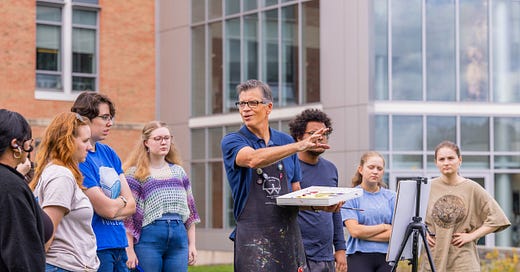




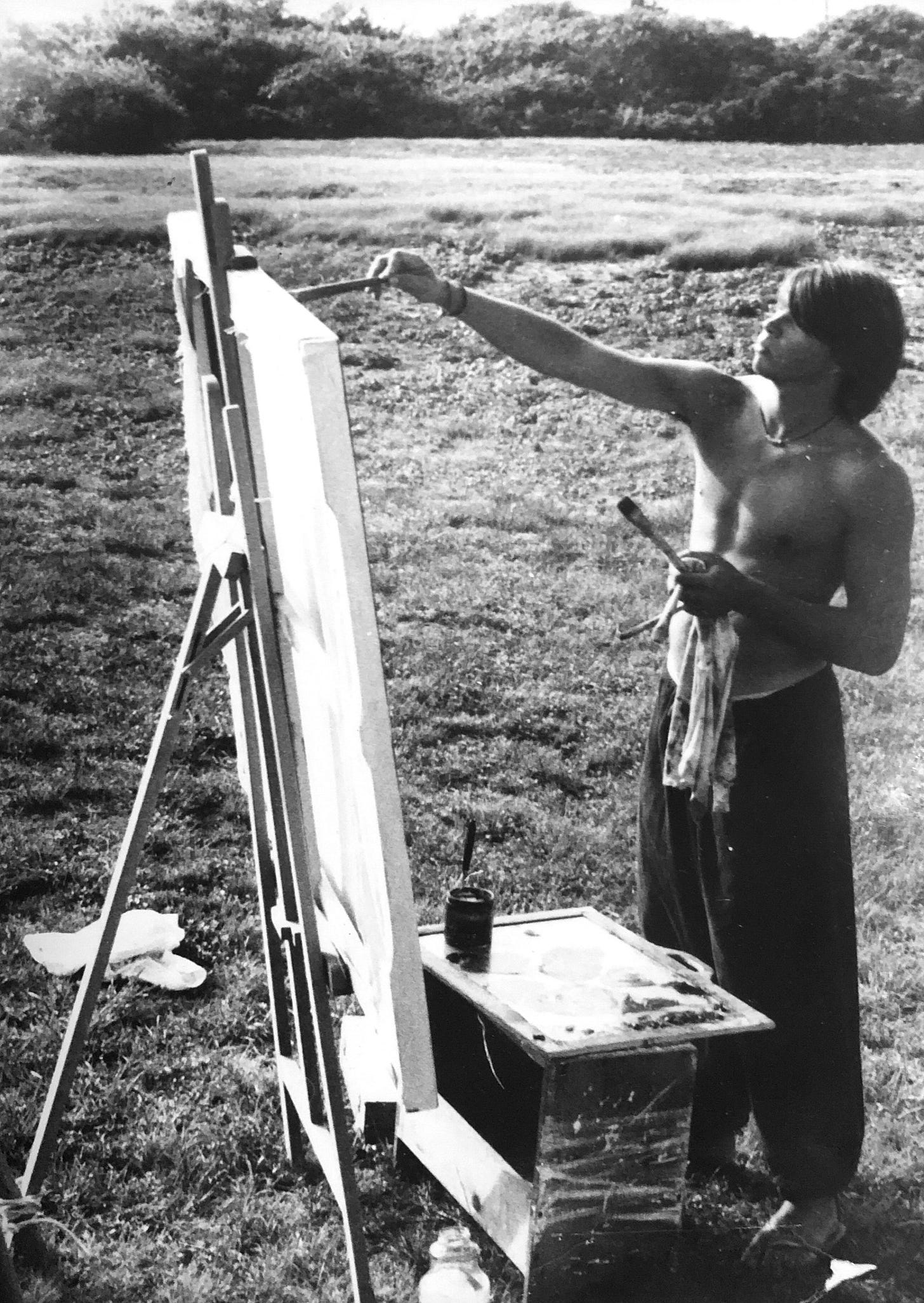
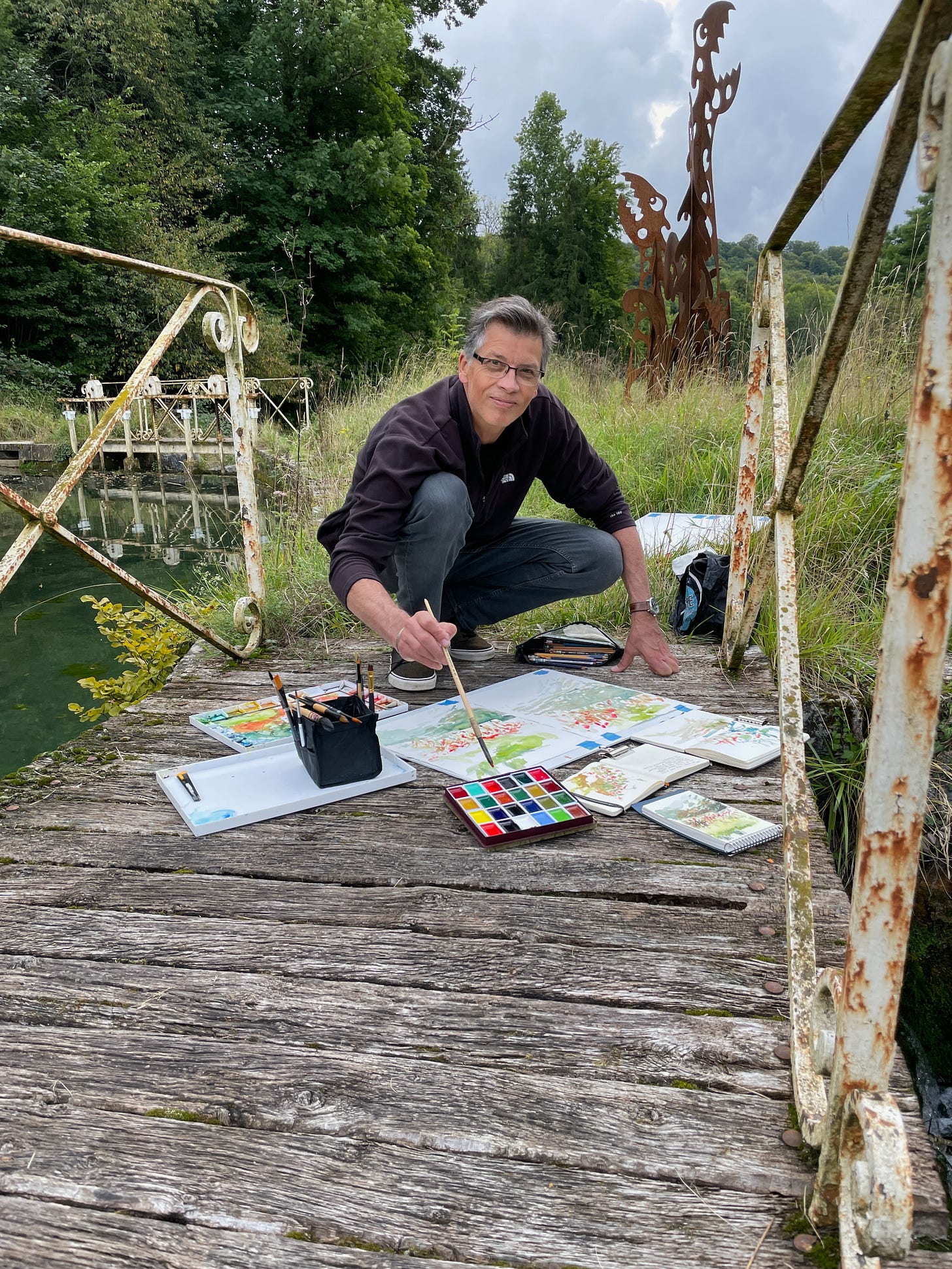
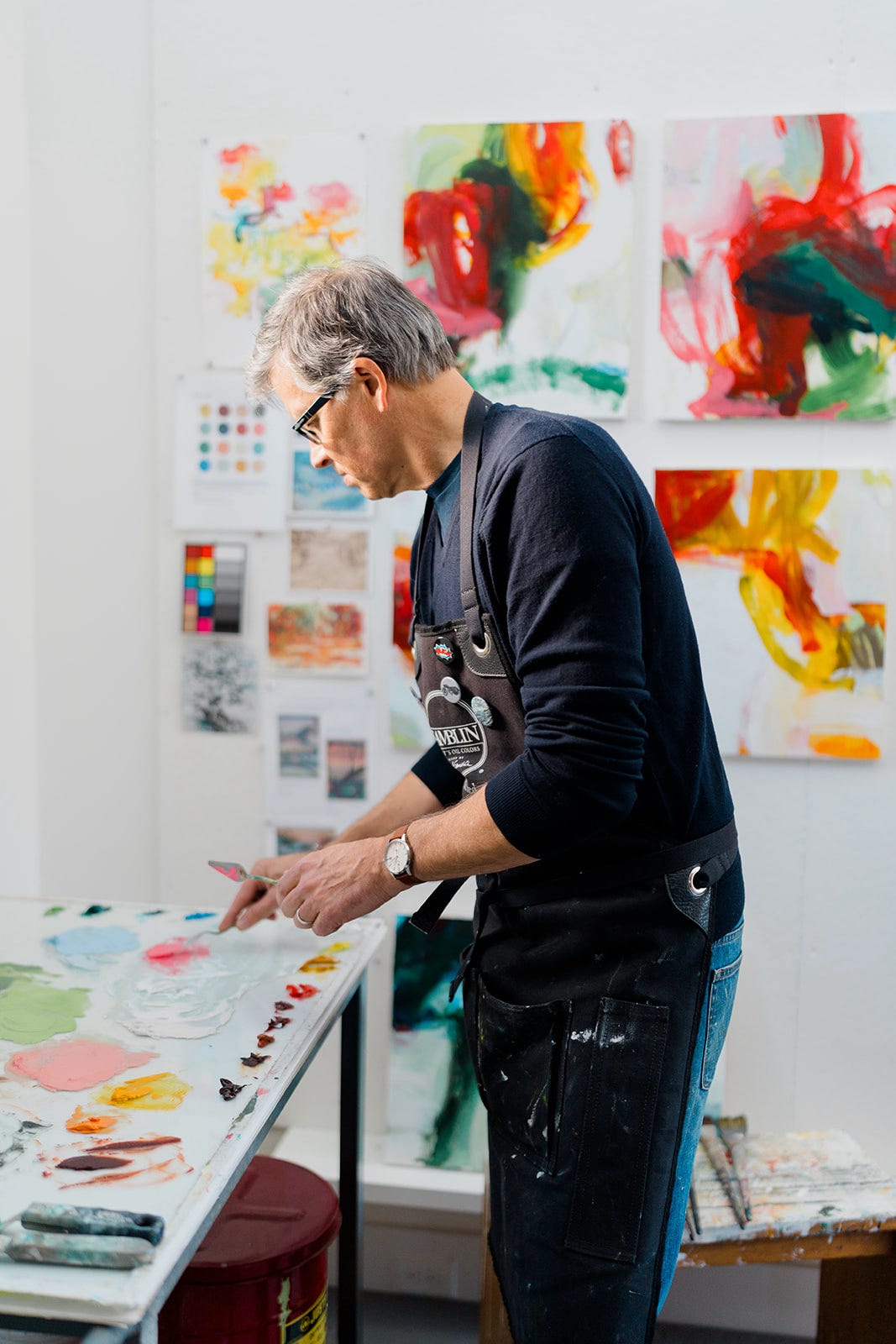
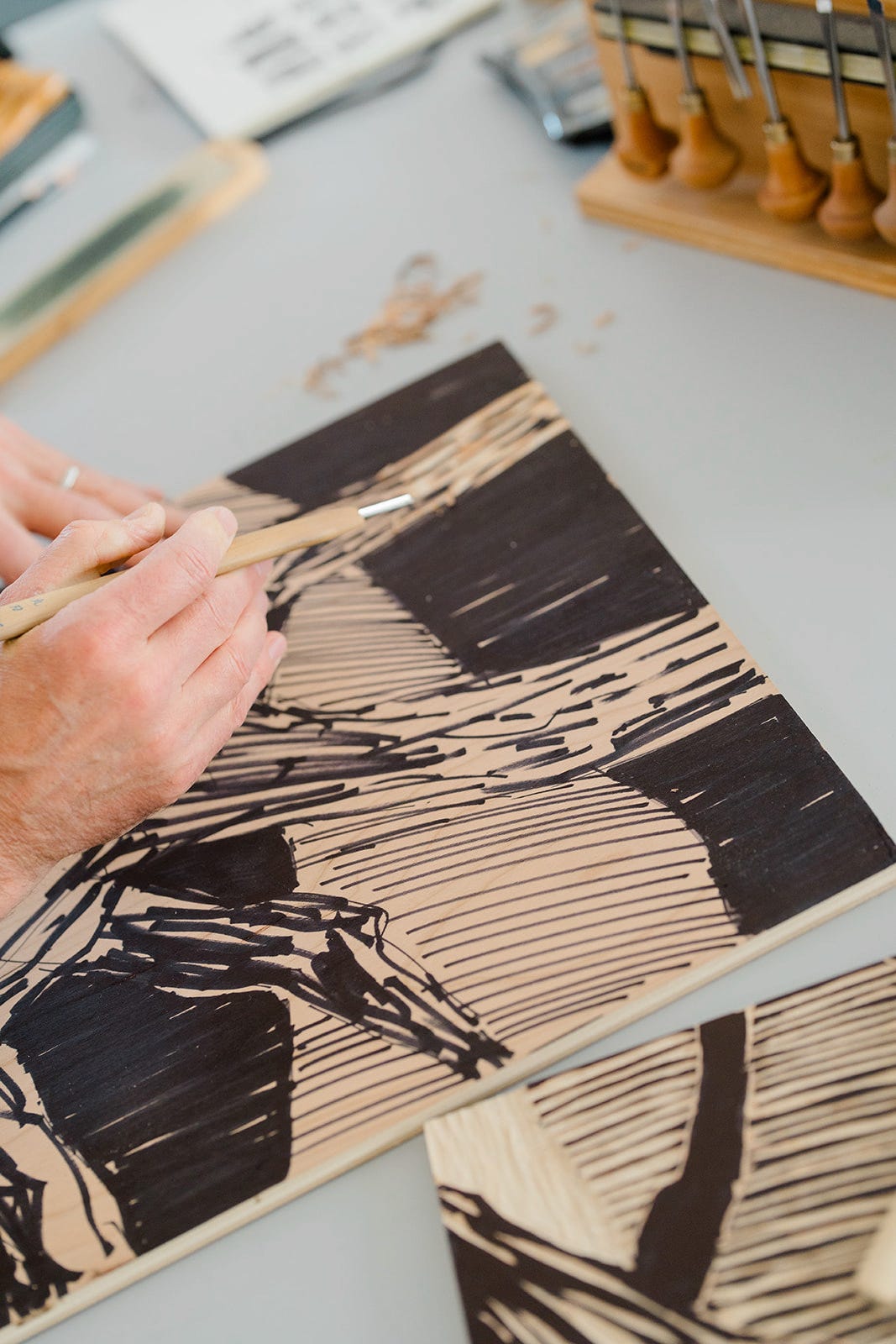
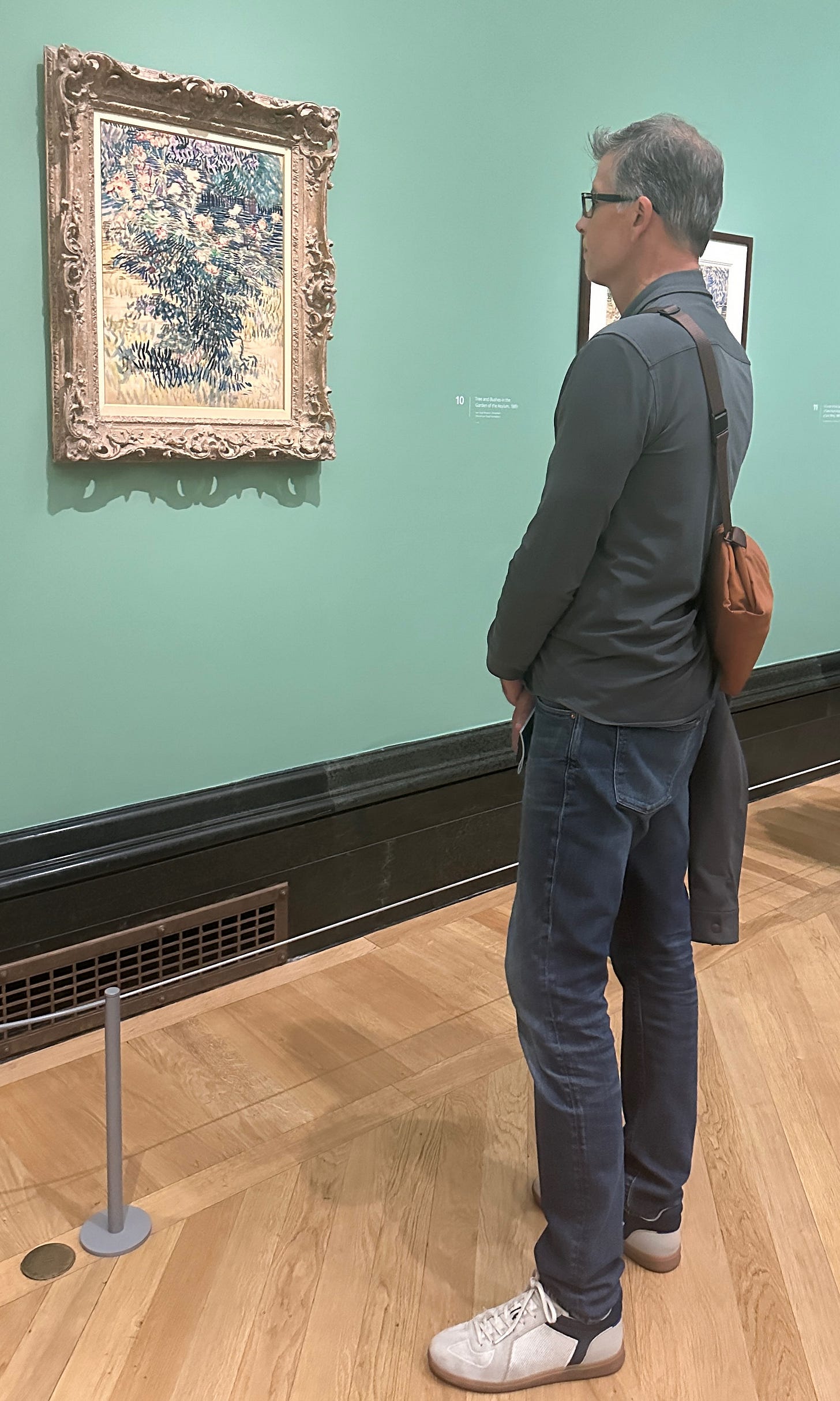
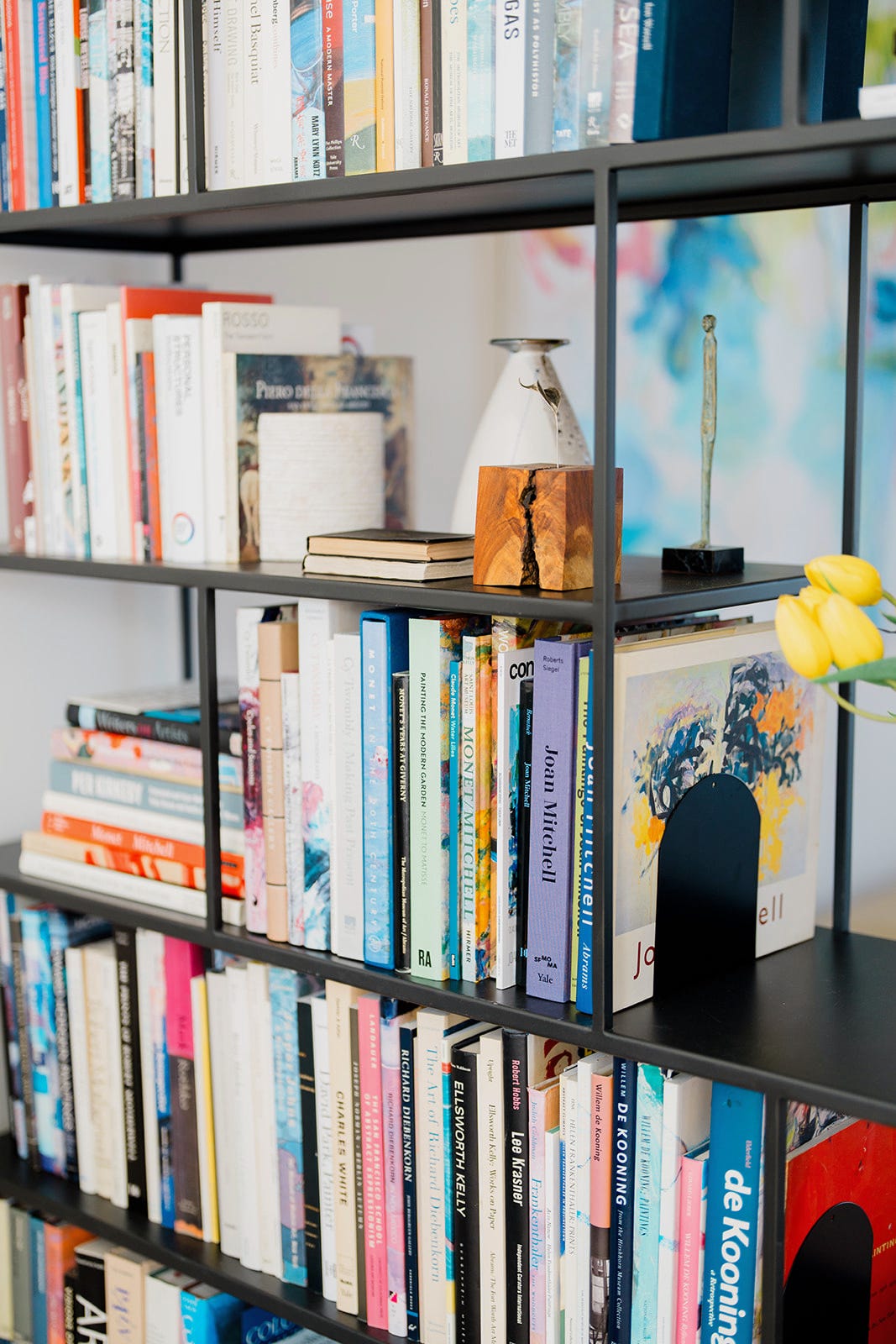
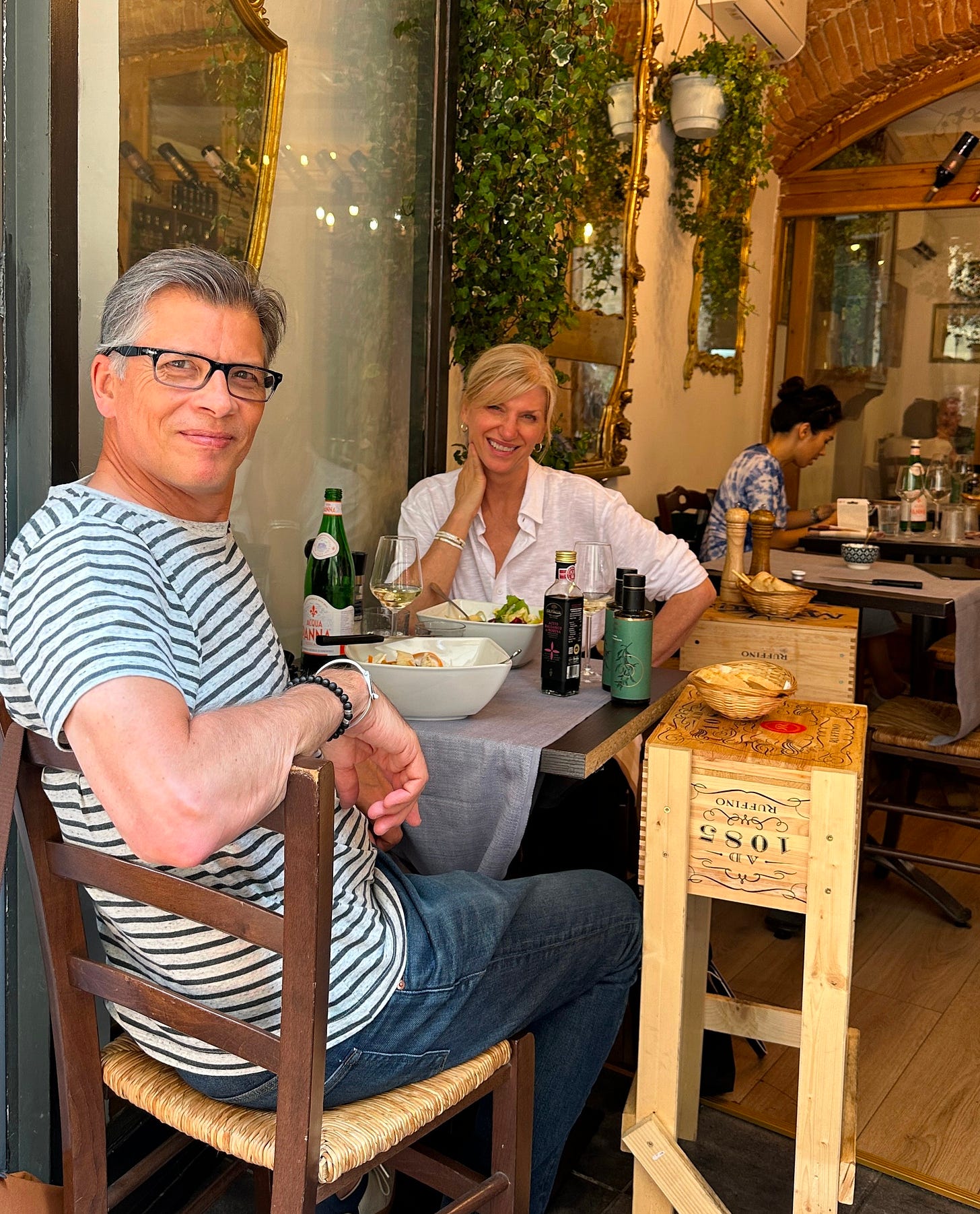

Hi Michael from upstate NY -I read your column nodding my head in agreement. I'm going to show this to my son this morning as we prepare for a mother-son show in August. My son is 51, schizo-affective and lives on SS disability. He lives next door. He struggles with isolation and hasn't found the work to support him. We are paying $350/wk for therapist/psychiatrist private pay. He is talented. His story is filled with horrific symptoms interspersed with collectors and local PBS affiliate featuring him this summer. Your advice resonated. We are hoping for support through Patreon and finishing up a video for it. Thanks for writing what I already knew. I needed reminding. All the best, Anne Sutherland